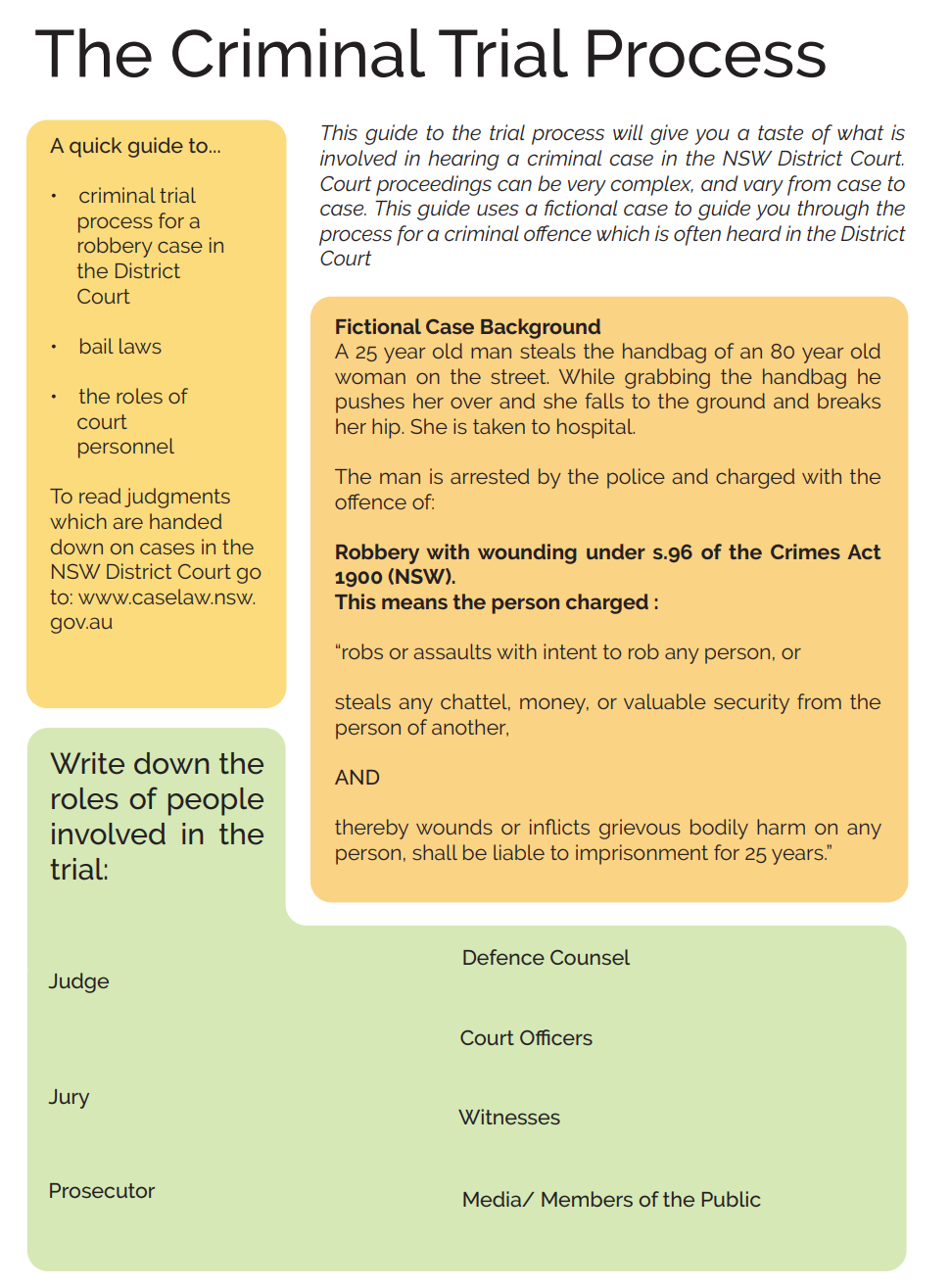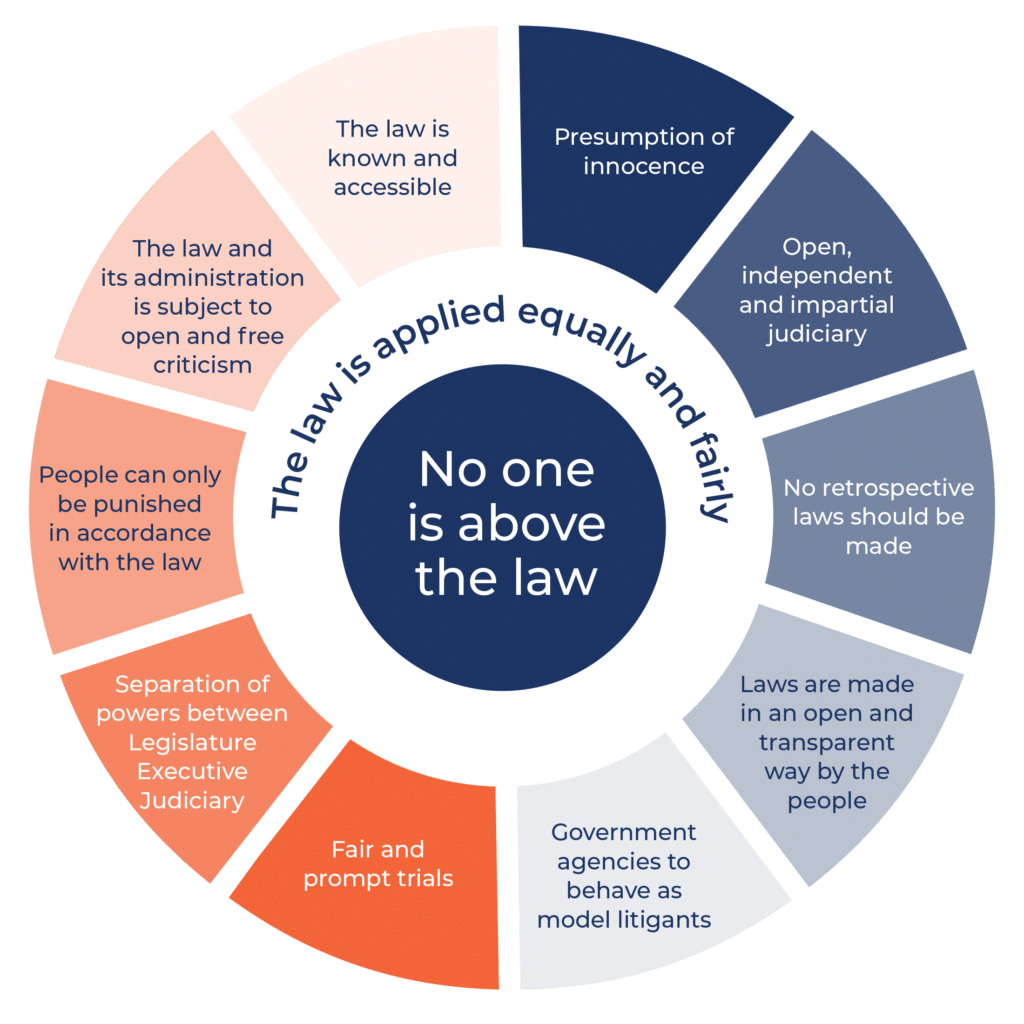The current Sydney Siege Coronial Inquest proceedings have led to significant media and community discussion on how bail decisions are made in NSW Courts. This media mash-up and explainer will outline some of the key readings on the NSW Bail Act 2013, its subsequent reform and current operation.
In 2013 and 2014 the law regarding the granting of bail in NSW underwent significant change. These changes are discussed in NSW Bail Laws – Review Too Soon? It is vital under the rule of law that law that can remove a person’s right to be at liberty upholds equality before the law, accessibility and requires careful consideration by judicial officers of individual circumstances. The Criminal Trial Process Worksheet discusses the changes to the laws using a hypothetical scenario.
What is Bail?
Julia Quilter describes bail as follows:
The term comes from the French “bailler”, which means to take charge of, guard, control and ultimately to hand over and deliver. Originally, an accused was released into the custody of persons known as “sureties”, typically on the payment of a monetary sum. This was forfeited if the accused did not turn up at court.
Today, when a person is accused of a crime, he or she must be brought before a judge as soon as practicable after arrest. An application for bail may then be made, which can either be granted (with or without conditions) or denied. The critical point is that, at this stage, the person is only accused of a crime.
A cornerstone of our criminal justice system is that a person is presumed innocent until tried and convicted according to law. It is fundamental that a person should not be denied his or her liberty. Simply put, wherever possible people should be kept out of jail until they have been convicted – only then should punishment begin.
What is the Bail Process in NSW in 2015?
The Legal Aid Commission in NSW publishes this ‘Guide to Bail’ fact sheet to assist accused people and their supporters in understanding bail procedures.
Reform of the Bail Act
After significant media and community outcry about a number of bail decisions in May 2014 the NSW Government ordered a review of the bail act conducted by former New South Wales (NSW) Attorney General John Hatzistergos.
Julia Quilter and David Brown in their paper Speaking Too Soon: The Sabotage Of Bail Reform In New South Wales examine the media triggers, the main arguments of the review, and the amendments, with analysis of the judicial interpretation of the Act.
Current Media on the Bail Act
The Coronial inquest in the Sydney Siege has highlighted the workings of the bail system in NSW. In this article Michael Safi and Bridie Jabour of the Guardian discuss issues raised by counsel assisting the Coroner Jeremy Gormly SC in his statement to the Inquest.
The full text of Mr Gormly’s statement can be found here.
Janet Fife-Yeomans of The Daily Telegraph discusses the complexities of bail proceedings and decision making in terms of appealing a bail decision in relation to the Coronial inquest into the Sydney Siege.
Louise Hall of the Sydney Morning Herald reports on a variation to bail conditions for two men accused of bribing Iraqi officials.
Michael Inman of the Canberra Times discusses the use of ‘exceptional circumstances’ and the granting of bail in a case that involves the use of a firearm.



